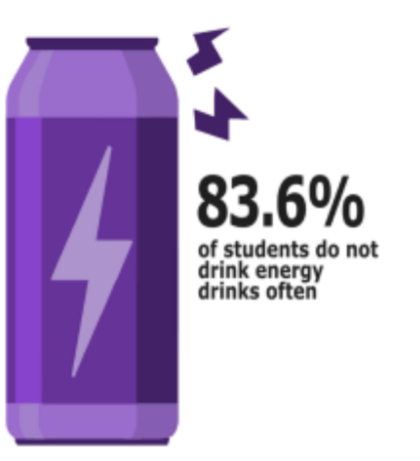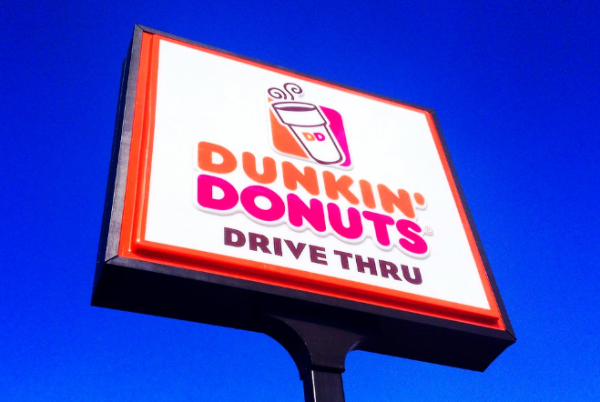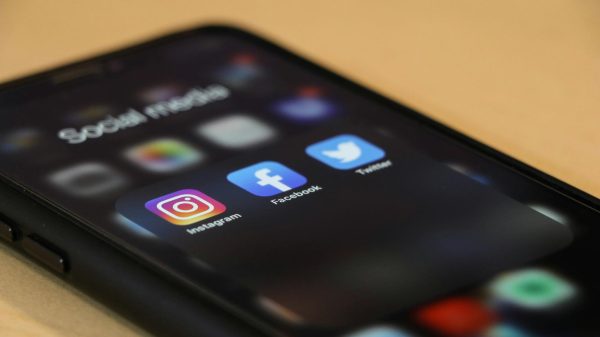Older generations wrongfully criticize rising pop culture

Creative commons photo courtesy of RCA Records & Columbia Records
Streaming allows for experimental artists to bypass traditional mediums to gain popularity, not having to compromise their vision to get played on the radio. Only in 2019 could Tyler the Creator’s genre-bending, innovative album “IGOR” reach #1 on the Billboard charts over international superstar DJ Khaled’s radio-friendly, formulaic album “Father of Asahd.”
March 9, 2020
The term “born in the wrong generation” has come to encapsulate a pervasive mentality about modern art. There is a consistent notion that pop culture is simply worse than it once was, becoming more homogenous and corporate than ever before. But this sentiment lacks any serious evidence behind it and, in reality, there is more great modern art being created now than ever before.
The most common target from the “born in the wrong generation” crowd is the music industry. Many cite the supposedly bland sounds of popular artists as reason to believe that music has simply gotten worse over the past few decades. But just focusing on the most radio-friendly artists ignores a whole other world of music. The emergence of streaming platforms has revolutionized the music industry and allowed for more experimental, creative projects to find new life. Streaming allows for experimental artists to bypass traditional mediums to gain popularity, not having to compromise their vision to get played on the radio. Only in 2019 could Tyler the Creator’s genre-bending, innovative album “IGOR” reach #1 on the Billboard charts over international superstar DJ Khaled’s radio-friendly, formulaic album “Father of Asahd.”
The same is applicable for film. With franchises such as Star Wars and the Marvel Cinematic Universe receiving annual iterations, many believe that studios make nothing but sequels, remakes and superhero movies. But the indie film market has gone through a huge boom in the past few years, largely thanks to independent studios such as Fox Searchlight and A24. These were specifically created to give funding to projects that are bolder and riskier than what most producers would fund. These studios have created some of the most beloved films of the decade, such as the 2016 Best Picture winner “Moonlight” and this year’s Best Picture nominee “Jojo Rabbit.”
The irony in all of it is that the same flaws people cite in pop culture today were just as applicable in the decades that were supposedly so much better. Many who wish pop music was as good as it was in the ‘70s or ‘80s conveniently forget that in those decades, that same pop music got the same criticism that modern music gets. And the same people who decry the constant sequels forget how franchises like Jaws, Rambo and Friday the 13th received a constant slew of sequels during the ‘80s. Even in the ‘60s, Western films were considered just as oversaturated as superhero movies are today.
Ultimately, there has not been a decline in artistic standards like some have claimed. Though there is plenty of bad, corporatized and generic art that has been made within the last decade, there is a plethora of beautiful culture being created, just in different places and different ways than before. Anyone who feels like there is something missing in today’s pop culture should look deeper and they will find that what they have been looking for has been there all along.













